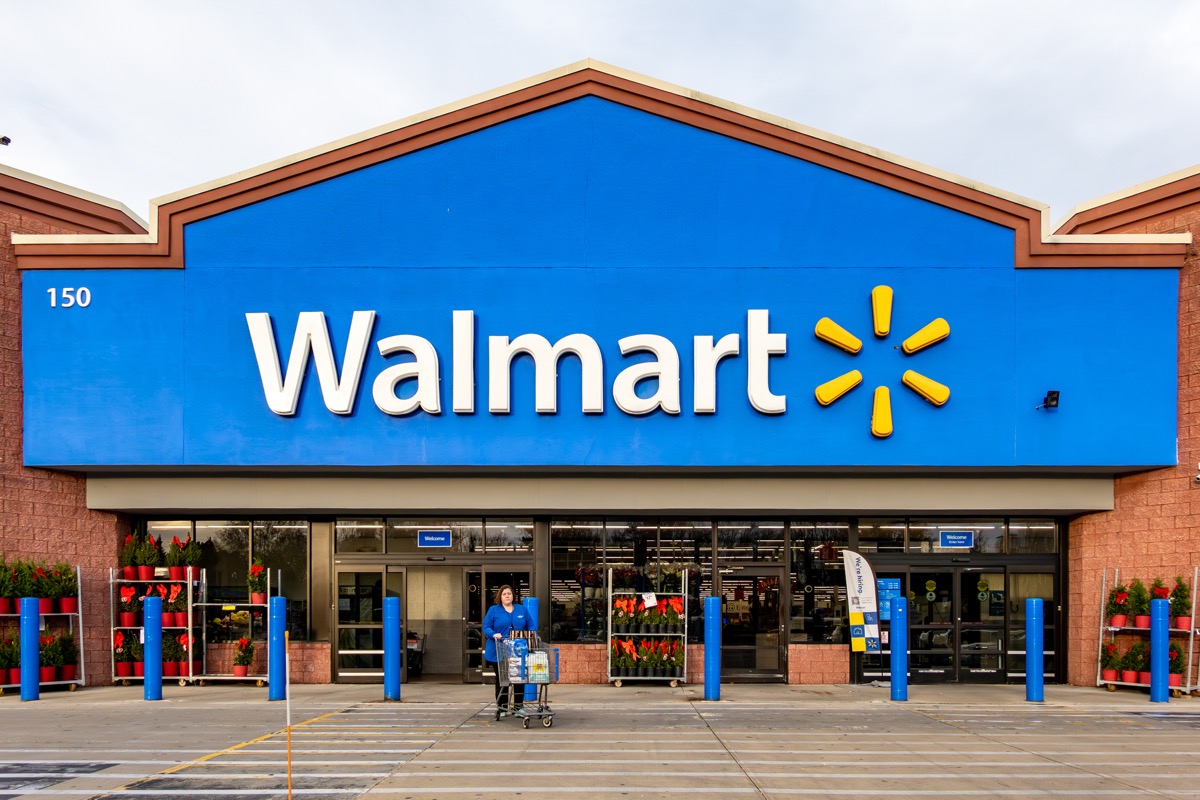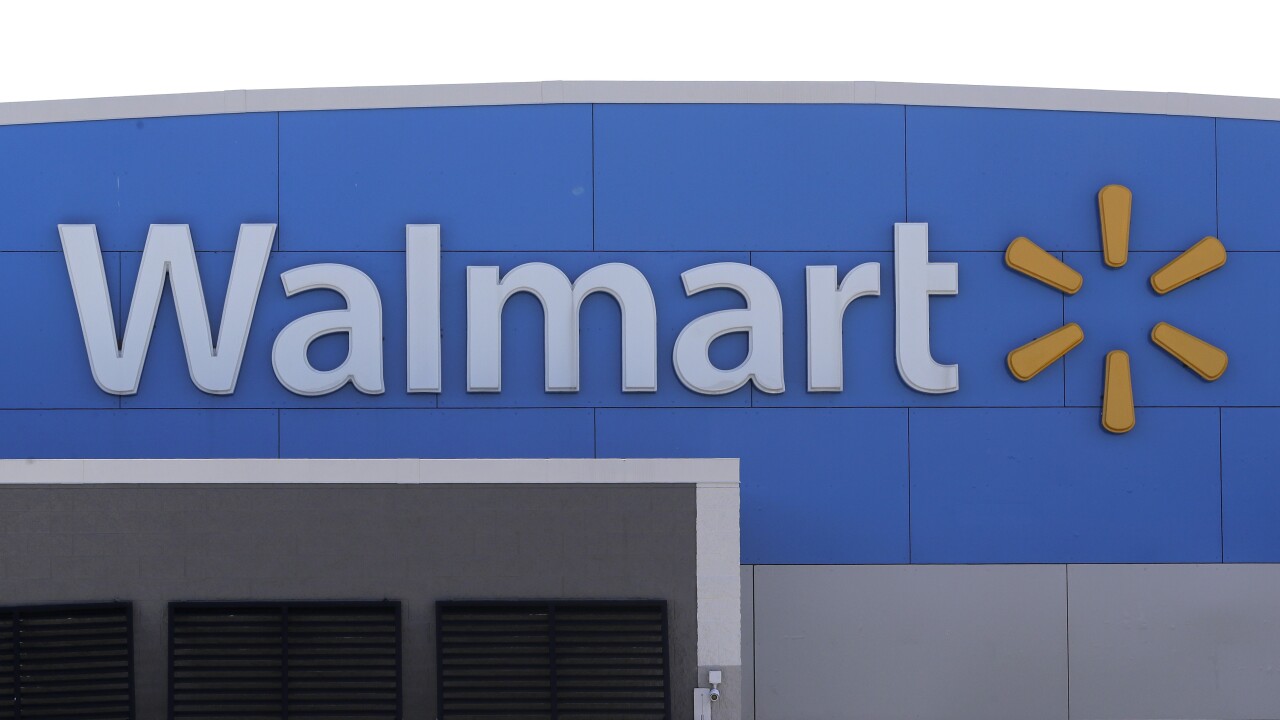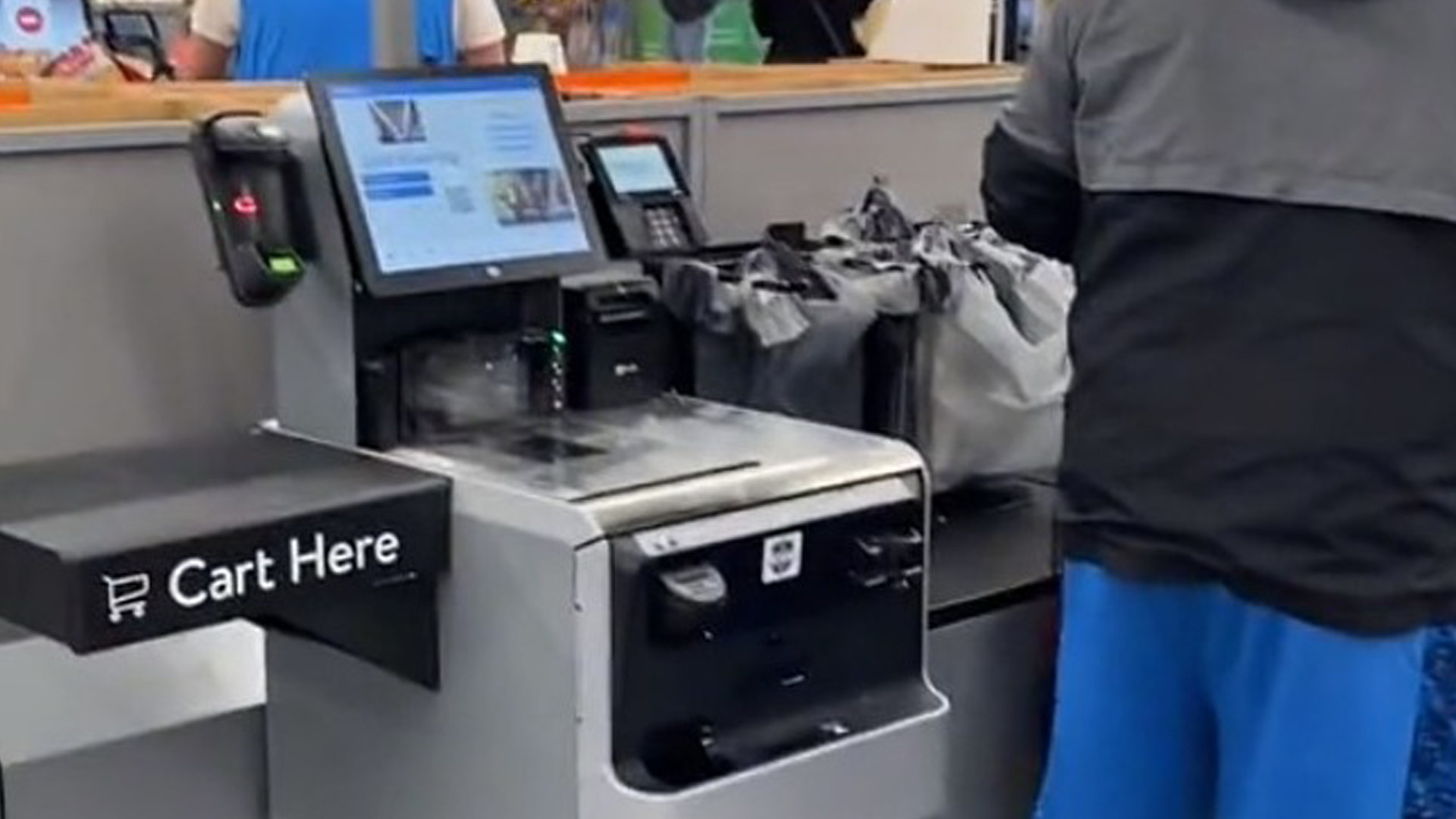In a striking response to increasing concerns over theft, Walmart has decided to eliminate self-checkout counters at one of its stores where theft levels have been described as ‘very scary’. This drastic measure aims to curb losses and improve the shopping environment.

The Impetus Behind the Change
The decision to revert to traditional cashier-assisted checkouts is driven by the need to enhance oversight and reduce the opportunities for theft, which have evidently spiked at self-service stations. The ease of bypassing conventional payment procedures at self-checkouts has been exploited, leading to a noticeable increase in losses for the store.
This change aligns with a broader trend in the retail industry where businesses are reassessing the balance between technological convenience and operational security. By eliminating self-checkout kiosks, Walmart is taking a firm stand against theft, prioritizing asset protection and customer safety over the autonomous shopping experience.

The Role of Technology in Retail Security
While Walmart scales back on certain technological features like self-checkouts, it continues to leverage other tech solutions to fortify store security. Among these are sophisticated surveillance systems and analytics tools that monitor customer behavior and track inventory. Additionally, functionality cookies and analytics cookies play a crucial role in enhancing the shopping experience and maintaining the security of digital platforms.
Retailers, including Walmart, employ cookies to collect data such as IP addresses, device types, operating systems, and browsing behaviors. This information helps in creating a secure and personalized shopping environment both online and offline. For instance, analytics cookies assist in compiling reports and statistics that inform strategic improvements in website performance and user engagement.

Navigating Privacy and Personalization
The use of technology in retail extends beyond security. It encompasses the customization of the shopping experience through functionality cookies that remember user preferences and location settings. However, the deployment of such technologies raises important questions about privacy and consumer rights.
Residents in states like California, Colorado, Connecticut, Utah, and Virginia, have specific rights concerning their personal data. They are entitled to request that their information not be sold or shared without consent, highlighting the growing intersection between retail operations and privacy concerns.
Don't overpay on Amazon again! You're welcome.
— Karma Shopping (@karma_shopping) January 20, 2024
Looking Ahead: The Impact on Consumer Experience
Walmart’s removal of self-checkouts may initially disrupt the shopping experience for those accustomed to the autonomy and speed it offers. However, this move could also foster a more interactive shopping environment where employees are more available to assist customers and ensure a secure checkout process.
The effectiveness of this change will likely be monitored through further analytics, gauging customer reactions and the subsequent impact on theft rates. Retailers will watch closely, as the outcome could set a precedent for how technology and manpower are balanced in the retail sector moving forward.
Conclusion: Walmart’s Strategic Shift in Retail Operations
Company’s decision to eliminate self-checkout counters in response to rising theft is a bold testament to the company’s adaptability and commitment to security. As retailers worldwide continue to navigate the complex landscape of customer service, technology, and loss prevention, the lessons learned from such initiatives will undoubtedly shape future strategies in retail management and customer engagement.
This strategic pivot not only addresses immediate security concerns but also reflects a broader industry trend towards enhancing the shopping experience while ensuring robust security measures are in place. As technology evolves, so too does the approach to integrating it within the retail space, always with an eye on balancing efficiency, security, and user privacy.










